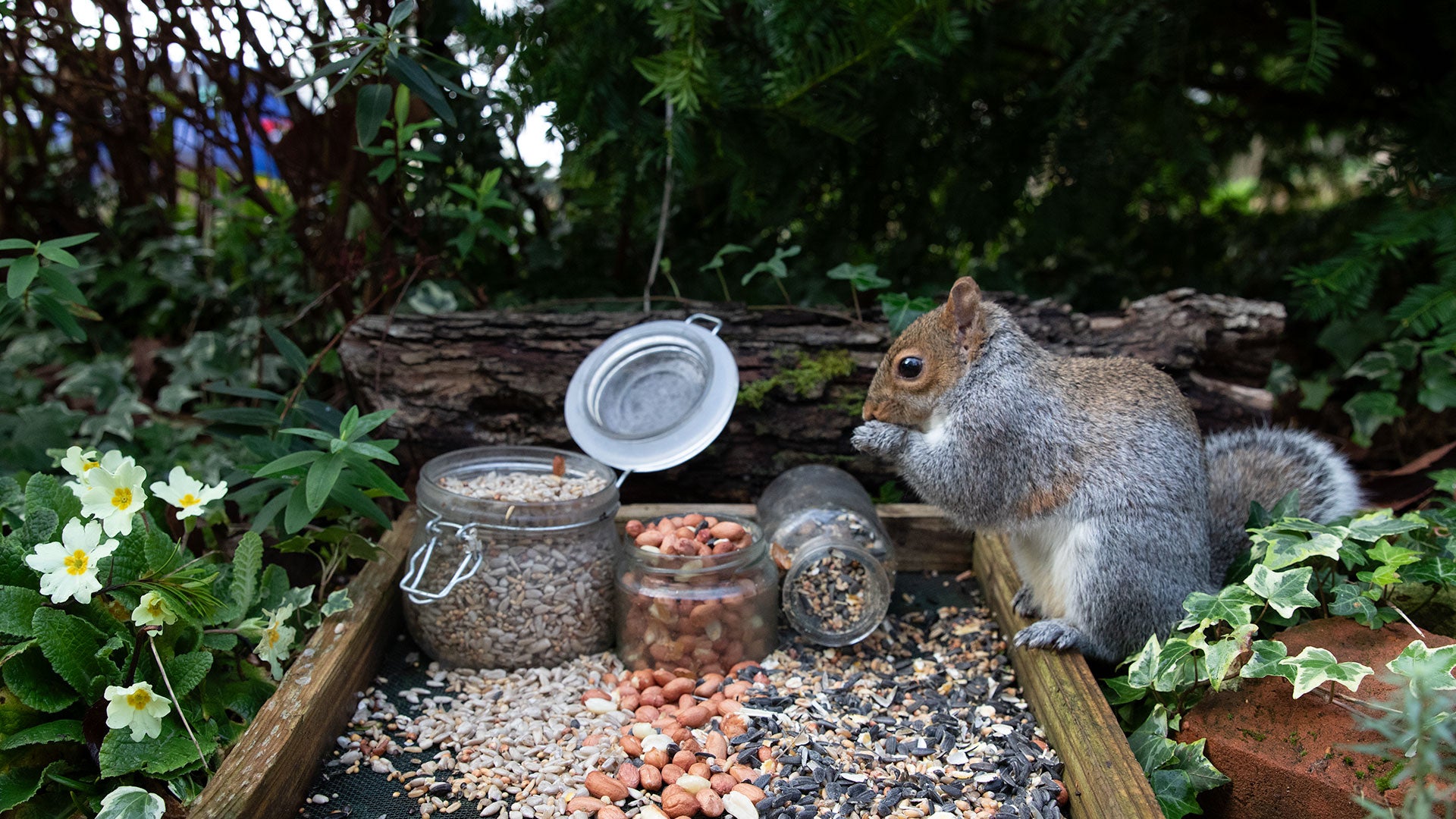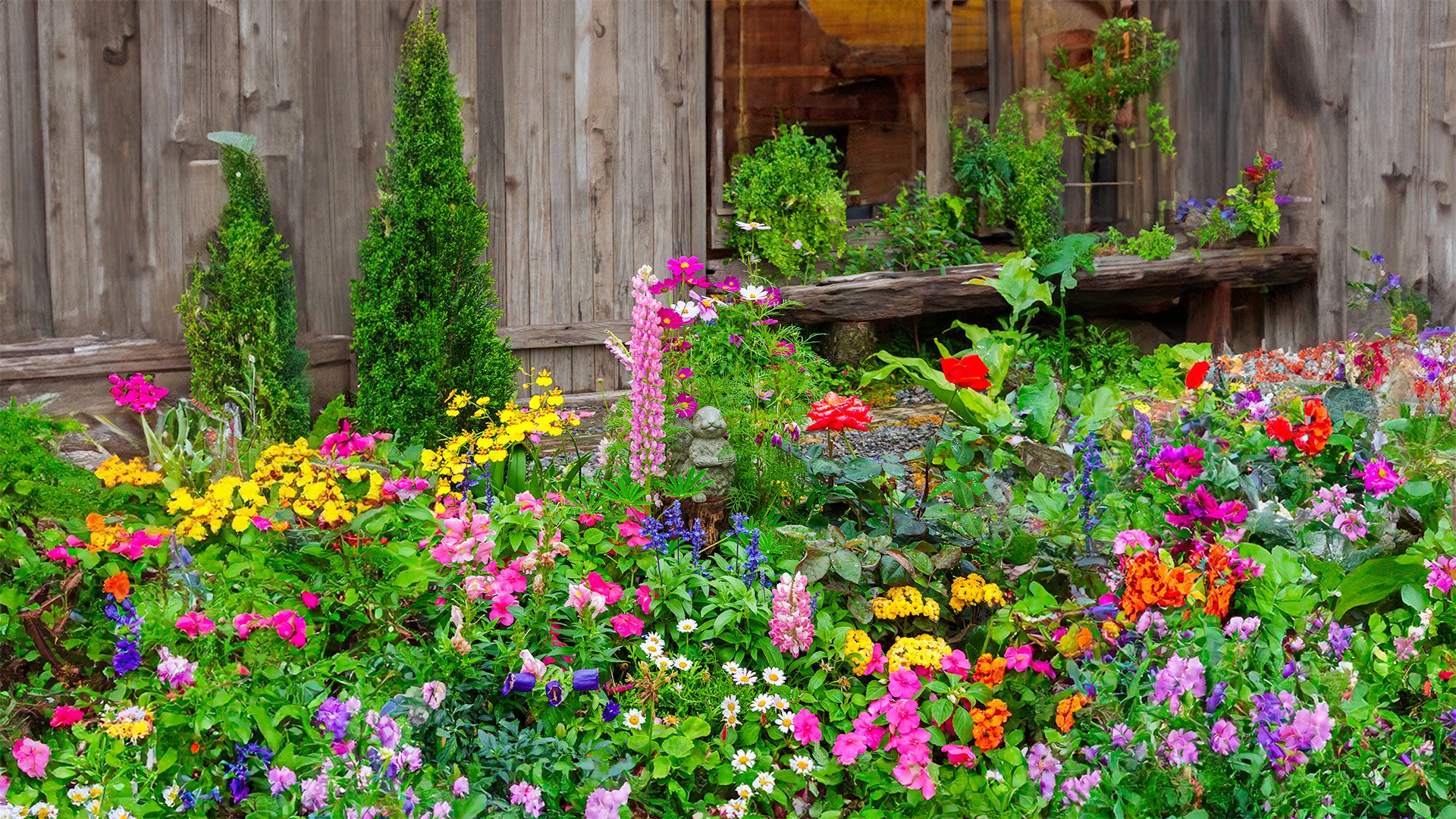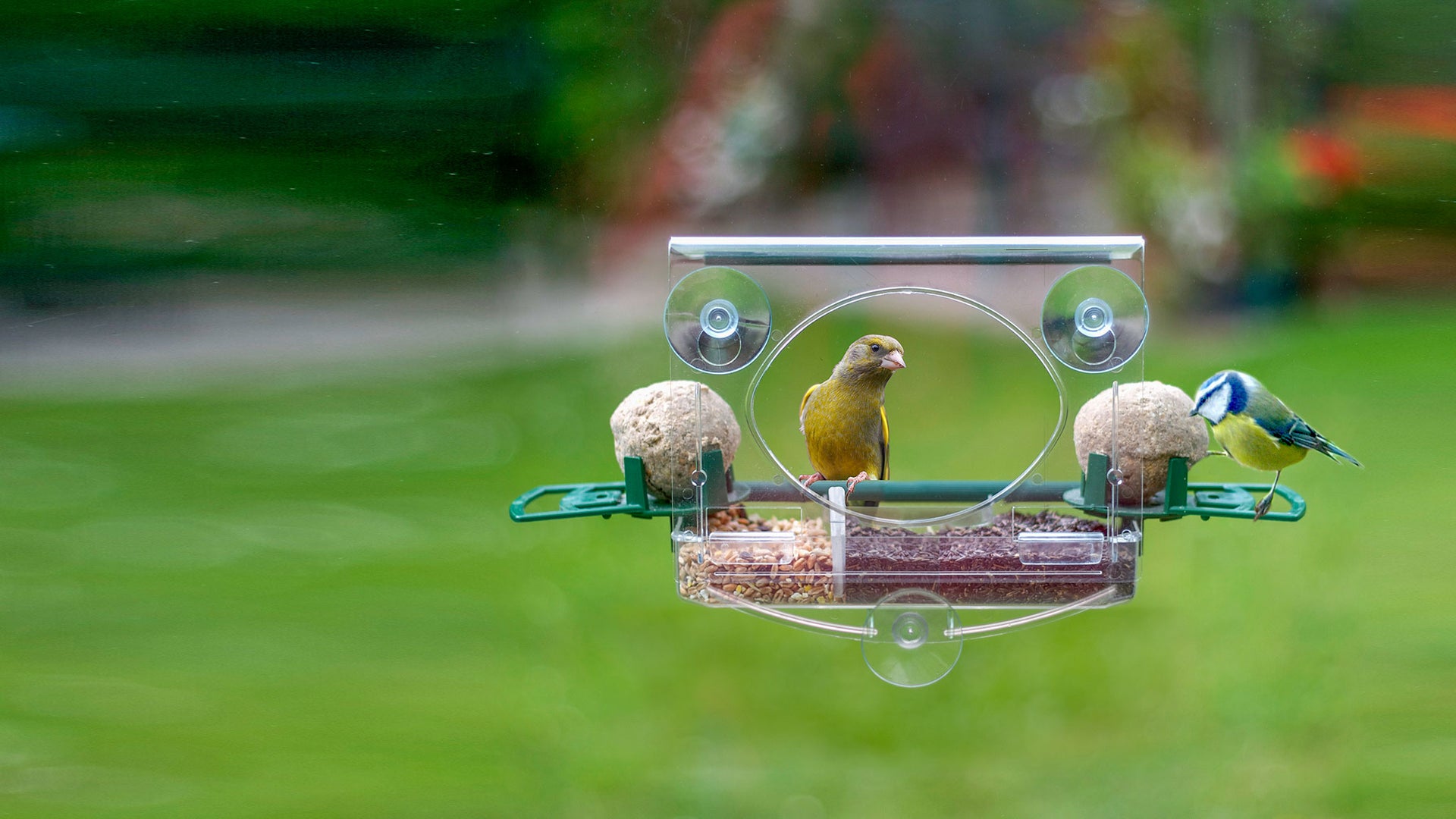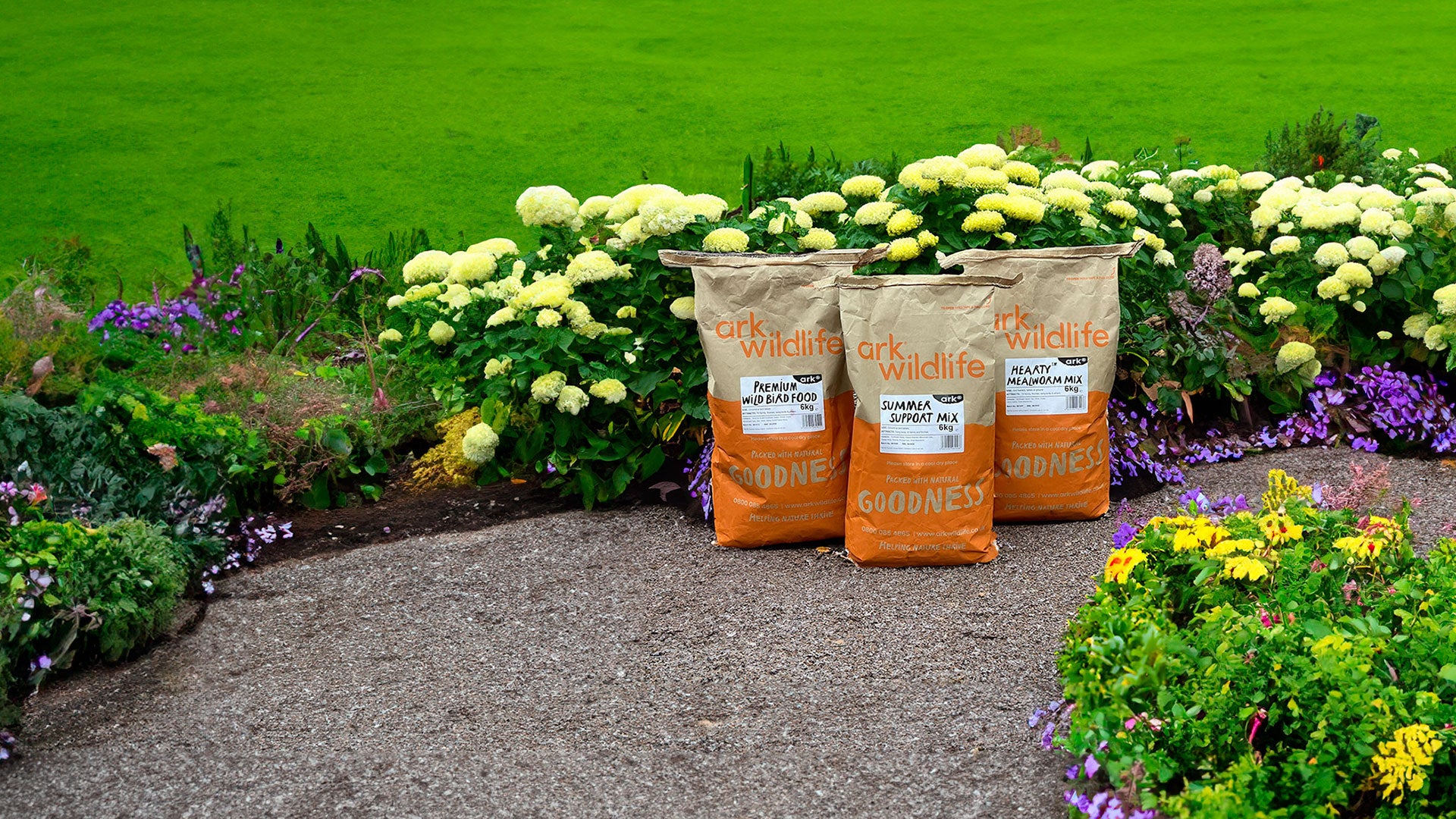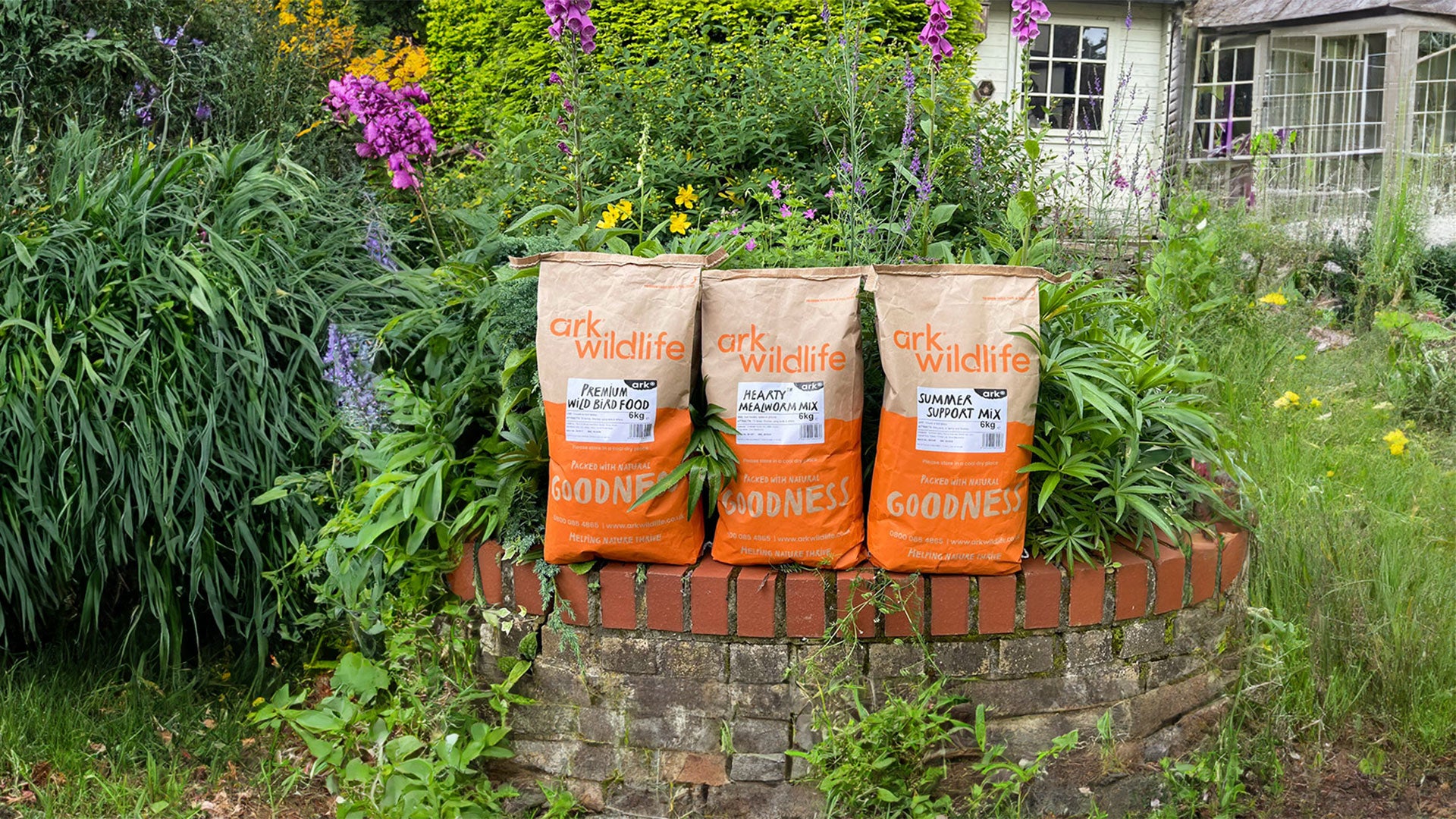Frogs are an indicator species which means their presence in your garden is a good sign all is well. Your plot is clearly a healthy place for nature and is an environment that you and your family can enjoy and share.
Frogs are also great friends of the gardener as they scoff hundreds of bugs and caterpillars every day. By consuming low lying pests they help keep plants bug free from the bottom, consuming all the little critters hiding out of reach of the birds. Ark Wildlife supplies frog houses, such as the frogilo frog house, should you be interested in attracting frogs to your pond.

However, the real tribute to the frog is its miracle of metamorphosis from an unassuming start as a tadpole. Tadpoles or ‘pollywogs’ (old English meaning ‘head wiggles’) are born from frogspawn as gilled, algae eating, water dwelling herbivores but dramatic changes are just around the corner.
When do frogs spawn?
Frogspawn can sometimes be seen in January, but when frogs spawn depends on the weather and the region. The south-west of England is usually the first UK region to welcome the new arrivals. Warmer days towards the end of February and March, as we move into spring, see frogspawn appearing on ponds all across the UK. Unlike toadspawn, which forms a long chain of eggs, frogspawn always gathers together in clumps.
Each frog can spawn thousands of eggs and a healthy pond can quickly fill with tens of thousands of tadpoles in springtime. The numbers game is necessary because life in the pond is tough. In any single year a late cold snap can kill the entire spawn, while droughts can dry up the water before tadpoles can develop. Constant predation by fish, mammals and birds takes its toll and survival of the fittest is demonstrated by the tadpoles’ willingness to cannibalise its own brothers and sisters.
Despite playing the simple numbers game tadpoles also have a few clever tricks to reach adulthood. When conditions are bad they can hold back the typical 12 week metamorphosis by a few weeks, months and even a whole year if needed!

How to keep frogspawn
Like any eggs, frogspawn needs light. Outside in your pond, this means direct sunlight. Yet the ideal frog nursery also needs some vegetation in and around it. The likes of water lilies, duckweed, marsh marigolds or water violets can provide the required shade.
If you’re lucky and your pond becomes home to some frogspawn, don’t be tempted to get hands-on. You should never move frogspawn, even if some eggs perish in a frost – conditions elsewhere might not be right. Just be patient and let nature do its work.
Tadpole to frog: how do tadpoles change into frogs?
The tadpole when first hatched is a water breathing herbivore with a large head and strong swimming tail. Within just a few short weeks everything changes. Firstly it begins to grow a pair of hind legs, while it changes all its digestive tract to suit a meat based diet. Slightly later a visible pair of front legs starts to grow, while simultaneously massive internal changes take place such as converting the gills for underwater breathing to air breathing lungs! During this time the tail is also absorbed until no tadpole is left at all and a completely new lifeform emerges from the pond as a tiny but fully formed frog. Most creatures take a break during metamorphosis, such as butterfly pupae, but for the tadpole this whole process takes place in a fully active state. To aid the metamorphosis from tadpole to frog, Ark Wildlife supplies high quality tadpole food.
Behold our humble common frog, a tough and astonishing lifecycle, a friend to the gardener and a portent for a clean environment.



